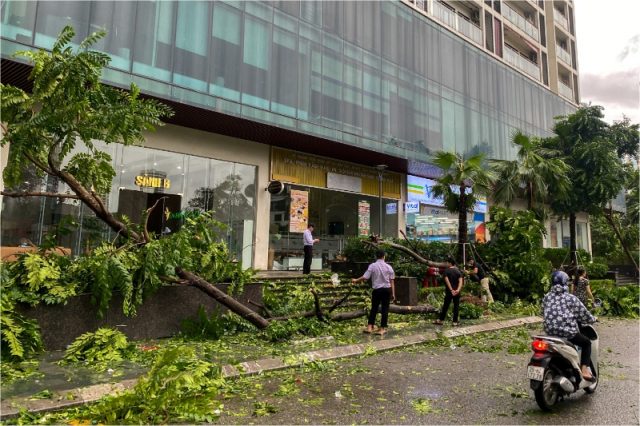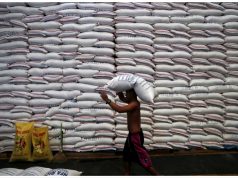
- Strongest storm in Asia this year kills 14 in Vietnam
- Yagi weakens but risks of flash floods, landslides remain
- Storm caused power and telecommunications outages
HANOI — Typhoon Yagi, Asia’s most powerful storm this year, was downgraded to a tropical depression on Sunday, after wreaking havoc in northern Vietnam, China’s Hainan and the Philippines, claiming dozens of lives, according to preliminary reports.
READ: Super Typhoon Yagi kills four in Vietnam after casualties in China and Philippines
Vietnam’s meteorological agency issued the downgrade on Sunday but cautioned about the ongoing risk of flooding and landslides as the storm, the strongest to hit the country in decades, moves westwards.
On Saturday, Yagi disrupted power supplies and telecommunications in Vietnam’s capital, Hanoi, causing extensive flooding, felling thousands of trees and damaging homes.
The government said the storm has led to at least three deaths in Hanoi, a city of 8.5 million, with these figures being preliminary. Fourteen people have died in Vietnam so far, according to reports, including four from a landslide in the province of Hoa Binh, about 100 km (62 miles) south of Hanoi.
A 53-year-old motorcyclist was killed after a tree fell on him in the northern Hai Duong province, state media reported. At least one body was recovered from the sea near the coastal city of Halong, where a dozen people were missing at sea, with rescue operations expected to start on Sunday when conditions allow.
Yagi has claimed the lives of four people on the southern Chinese island of Hainan, according to the latest update from local authorities. The civil defence office in the Philippines, the first country Yagi hit after forming last week, raised the death toll there on Sunday to 20 from 16 and said 22 people remained missing.
Risk of flash floods
After it made landfall in Vietnam on Saturday afternoon, Yagi triggered waves as high as 4 meters (13 feet) in coastal provinces, leading to extended power and telecommunication outages that have complicated damage assessment, the government said.
The meteorological agency warned of continued “risk of flash floods near small rivers and streams, and landslides on steep slopes in many places in the northern mountainous areas” and the coastal province of Thanh Hoa.
Relative calm returned on Sunday morning to Hanoi, where authorities rushed to clean up streets from toppled trees scattered across the city center and other neighborhoods.
“The storm has devastated the city. Trees fell down on top of people’s houses, cars and people on the street,” said 57-year-old Hanoi resident Hoang Ngoc Nhien.
Hanoi’s Noi Bai international airport, the busiest in northern Vietnam, reopened on Sunday after closing on Saturday morning.
In Hainan, preliminary estimates suggested significant economic losses and widespread power outages, according to emergency response authorities cited by state-run Hainan Daily.
—Reporting by Francesco Guarascio, Phuong Nguyen and Thninh Nguyen in Hanoi; Additional reporting from Eduardo Baptista in Beijing and Mikhail Flores in Manila; Editing by Jacqueline Wong









